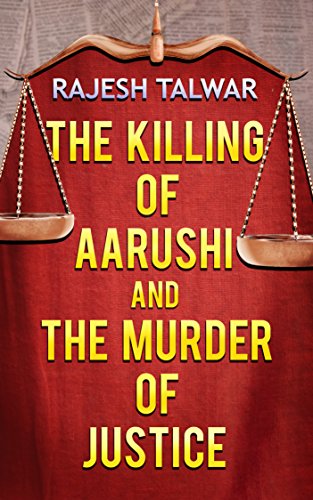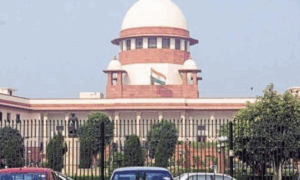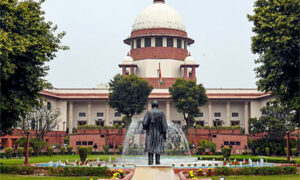
The purpose of writing this book is not to find the killers, or even who the ‘most likely’ candidates were, but only to demonstrate that the killers may not have been properly identified, and the charges against them proved in a court of law beyond all reasonable doubt. This is the only proper way of dealing with the issue. The reader understands that an accused person cannot be convicted merely because it was possible, or plausible that he or she could have committed the crime. We are not even looking at ‘likelihood’ here. We are looking for proof ‘beyond all reasonable doubt’.
As regards Part Two which projected the associates of Hemraj as the killers, a tangential but important argument made in favour of their innocence is that the police in this country are not particularly well-known for their kind disposition towards the underclasses, be they servants, rickshaw pullers or Nepalis with low paying jobs. Therefore, many would argue that the class divide in the country is such that had a shred of evidence actually existed against any of Hemraj’s associates, the final CBI team (Team Two) that eventually prosecuted the Talwars would not have dropped the case against Rajkumar and Krishna.
(Having said that a recent positive development is that action has finally started to be taken against those who oppress their servants, or exhibit behaviour tantamount to criminality towards their domestic help.119) The narco-tests allegedly implicated Hemraj’s associates, but as the reader now understands there are good reasons why these are not admissible as evidence in criminal trials. Part of the weakness in these tests is that it is conceivable that an accused person may imagine making love to a woman; in the narco test he might say he actually made love to the woman although he never did. So also Rajkumar and Krishna, the two prime suspects for CBI Team One might have been attracted to Aarushi and possibly even fantasised about her, but the administration of the so-called truth serum might induce them to say that they did something, which actually never happened.
There was no other direct evidence against any of the servants. The fingerprint on the bottle of Ballantine whiskey did not match that of Krishna, Rajkumar or indeed the Talwars. The palm print left by the killer on the terrace wall was never successfully matched with any of the crime suspects, and was allowed to be washed away by the rain.

CBI Team One may have honestly believed that the Talwars were innocent and that the associates of the servant were the ones who committed the murders but the new CBI director rightly concluded that the police could not be permitted to take the short-cut, third-degree confessional route to investigations as so often happens in India.
The Wider Implications of the Aarushi Case
It would be a shame and a waste if I confined my critique of the verdict in the Aarushi case to that particular trial and lose the opportunity to address its wider implications for similar cases of injustice in criminal trials in thousands of subordinate courts across the land.
The justice framework in this country is like a colossal glass mirror that has been smashed into smithereens. The Aarushi case represents only one of those small pieces; thousands of other small pieces lie beside it and continue to accumulate. Each small mirror carries within it a record of similar distortions in the judicial process.
(Carried with due permission from the author)
[the_ad id=’22722′]


















